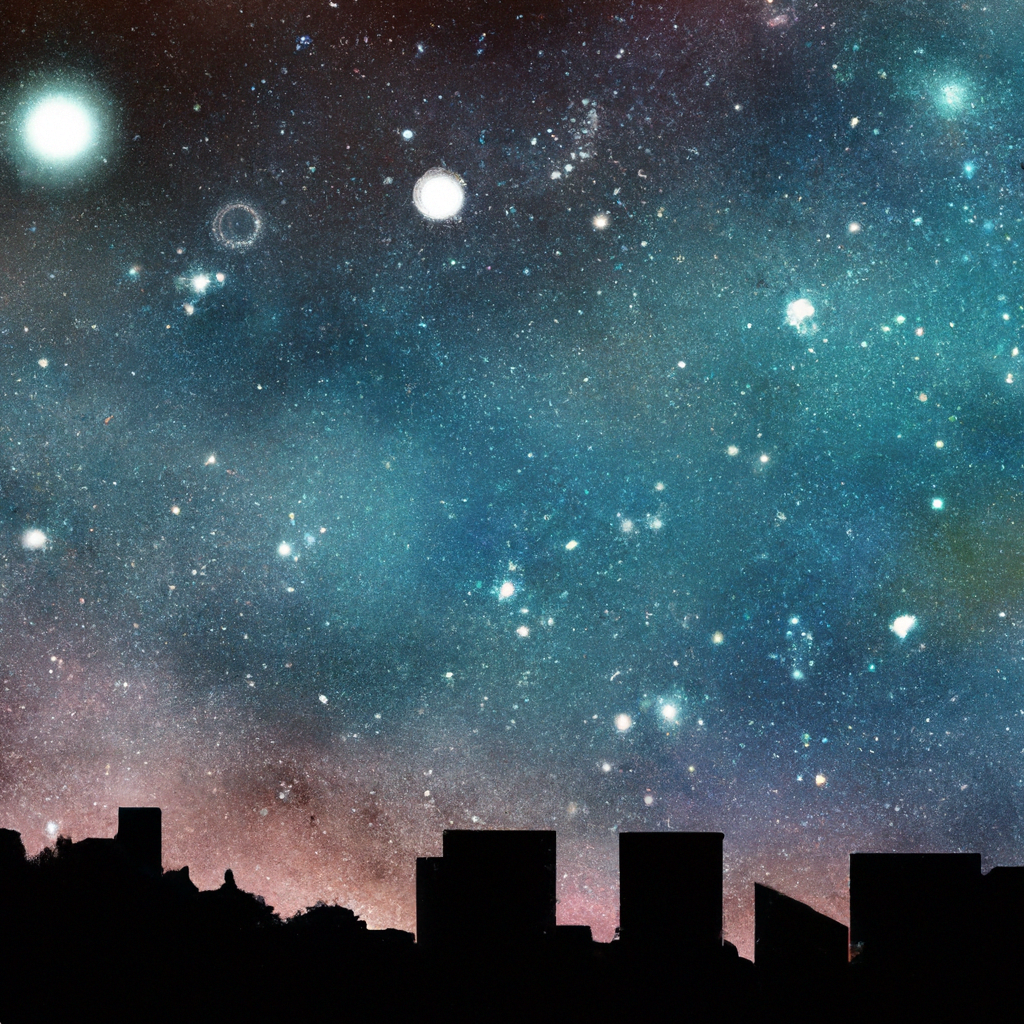Living in a bustling city has its perks, but stargazing might not typically be one of them. However, you’ll be pleasantly surprised to discover that amidst the towering skyscrapers and bright city lights, there are still celestial objects that manage to shine through. This article explores the intriguing question of which celestial objects are visible from urban areas, unveiling a guide to help you navigate the urban night sky and uncover the wonders concealed within it. So, grab your binoculars, find a cozy spot in the city, and prepare to witness the magic that lies overhead.
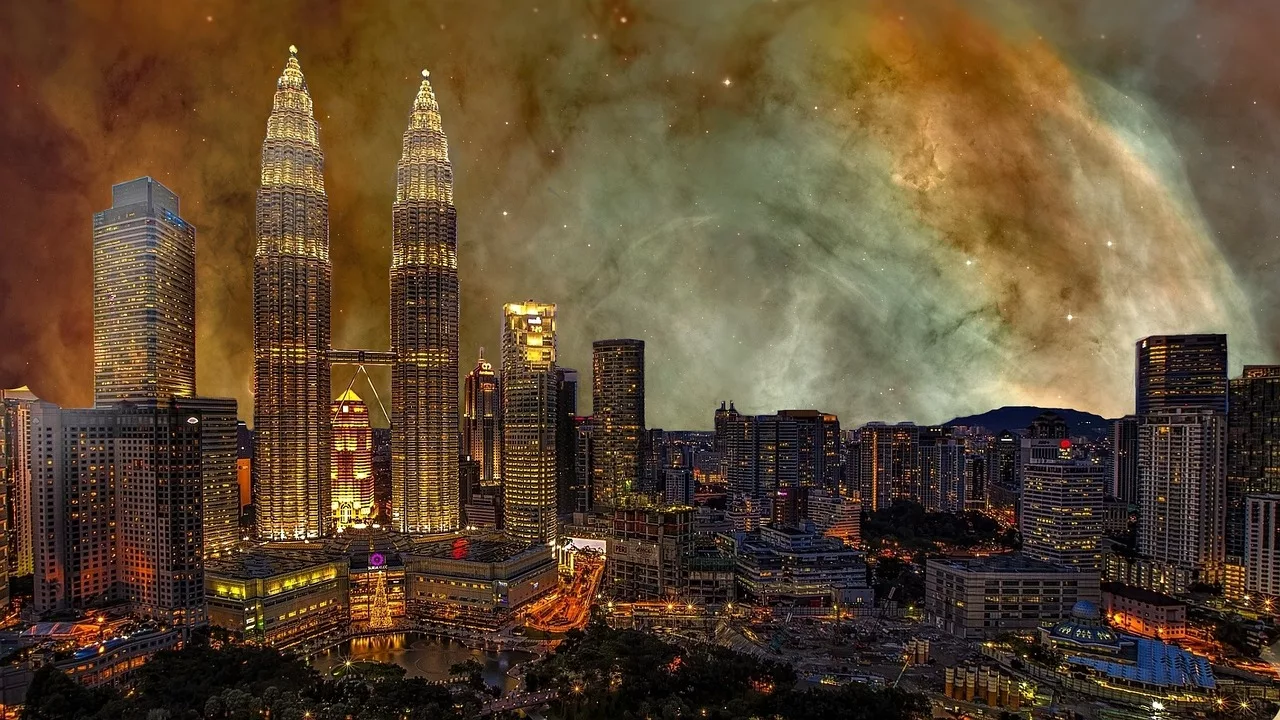
Table of Contents
Celestial Objects Visible from Urban Areas
Living in an urban area doesn’t mean you have to miss out on the wonders of the night sky. Although light pollution may hinder some views, there are still plenty of celestial objects that can be observed right from your own backyard. From the Moon to bright stars, planets to constellations, and even meteor showers, there is a wealth of beauty to be discovered. So grab a telescope or simply look up with the naked eye, and get ready to explore the celestial objects visible from urban areas.
1. The Moon
1.1 Phases of the Moon
The Moon, Earth’s closest celestial neighbor, is the most easily visible object in the night sky. No matter where you are, its mesmerizing presence is hard to miss. What makes the Moon particularly fascinating is its different phases. As it orbits around the Earth, sunlight illuminates different portions of the Moon’s surface, creating a cycle of phases. From the full moon to the crescent moon, each phase offers a unique and captivating sight to behold. Take some time to observe these phases, and you’ll witness the ever-changing beauty of our celestial companion.
1.2 Moon Illusion
Have you ever noticed that the Moon appears larger when it’s closer to the horizon? This optical illusion, aptly named the Moon illusion, is a fascinating phenomenon that can be observed from urban areas. When the Moon is near the horizon, our brain compares it to familiar objects on the ground, such as trees or buildings. This creates a perception of the Moon being much larger than when it’s high in the sky, even though its size remains the same. So next time you catch sight of a seemingly colossal Moon rising over your cityscape, take a moment to appreciate the magic of the Moon illusion.
2. Bright Stars
2.1 Sirius
Known as the “Dog Star,” Sirius is the brightest star visible in the night sky from urban areas. Located in the constellation Canis Major, Sirius shines with a dazzling white-blue light. Keep an eye out for Sirius during the winter months when it graces the southeastern sky. Being so bright, it’s easy to spot even amidst the city lights. Take a moment to bask in the radiance of this celestial beauty.
2.2 Vega
Another brilliant star found in urban skies is Vega, part of the constellation Lyra. With its striking bluish color, Vega stands out among its stellar companions. During the summer months, look toward the northeast sky to catch a glimpse of this magnificent star. Its luminosity and proximity make it one of the most captivating sights for urban stargazers.
2.3 Capella
Capella, situated in the constellation Auriga, is another noteworthy star visible from urban areas. It showcases a warm golden glow that captures the attention of those who seek it out. You can spot Capella during the winter and early spring months, particularly in the northern sky. Whether you’re gazing at it from a bustling city or a quiet suburban area, Capella’s radiance will not disappoint.
3. Planets
3.1 Venus
As the brightest planet in our solar system, Venus is a celestial object that shines brilliantly from urban areas. Often referred to as the “Evening Star” or the “Morning Star,” Venus is visible during twilight, appearing as a dazzling point of light in the sky. Its proximity to the Sun makes it one of the easiest planets to observe, even amidst light pollution. Look for Venus in the western sky after sunset or in the eastern sky before sunrise, and let its luminosity captivate you.
3.2 Mars
the red planet, Mars, is another prominent celestial object that can be spotted from urban areas. While it may not match the brightness of Venus, Mars is still a captivating sight. Its reddish hue sets it apart from the surrounding stars, allowing you to easily identify it in the night sky. Look toward the eastern sky in the late evening or the southwestern sky in the early morning to catch a glimpse of Mars and marvel at its remote presence.
3.3 Jupiter
With its immense size and radiant presence, Jupiter demands attention even in urban areas. As the largest planet in our solar system, Jupiter exhibits a remarkable brightness that sets it apart from the surrounding stars. Look towards the southern sky to catch sight of this majestic gas giant. Its awe-inspiring presence and its four largest moons, visible with a modest telescope, make Jupiter a celestial wonder worth seeking out.
3.4 Saturn
Known for its iconic rings, Saturn is a celestial marvel that can be observed from urban areas. Although not as bright as some other planets, Saturn’s distinctive feature makes it easy to spot. Look for this beautiful planet in the southeastern sky, and if you have the opportunity, peer through a telescope to witness the stunning rings that encircle it. Saturn’s celestial elegance will leave you in awe, even amidst the lights of the city.
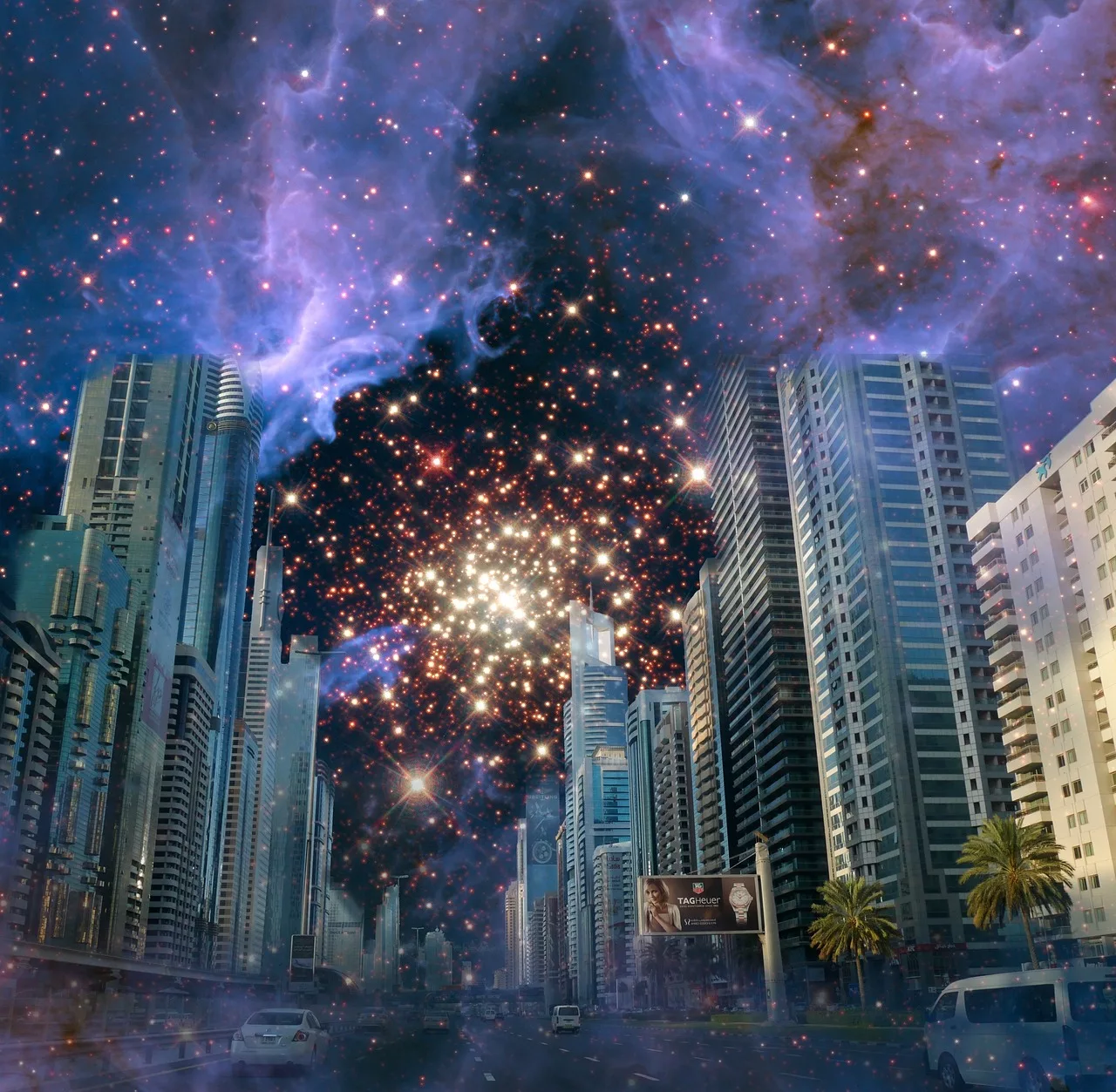
4. The International Space Station
While not a celestial object in itself, the International Space Station (ISS) is a remarkable sight that can be observed from urban areas. Orbiting approximately 250 miles above the Earth’s surface, the ISS appears as a bright moving light in the night sky. With careful planning and preparation, you can track the ISS’s path through various websites or smartphone applications. Keep an eye out, and you may witness this feat of human ingenuity as it glides across the urban skyline.
5. Satellites and Space Debris
5.1 Iridium Flares
Aside from the ISS, there are other satellites and space debris that can offer a captivating spectacle, even from urban areas. One notable example is the Iridium satellite constellation. These satellites possess large reflective antennas that occasionally catch sunlight in just the right way, resulting in a brief but stunning flare of light. By consulting online predictions, you increase your chances of witnessing one of these remarkable phenomena, adding an element of surprise to your urban stargazing experience.
5.2 The Hubble Space Telescope
Arguably one of humanity’s greatest technological achievements, the Hubble Space Telescope is a fascinating sight to behold. While it’s not visible to the naked eye from urban areas, it’s worth mentioning. This magnificent telescope orbits Earth, capturing breathtaking images of distant galaxies and nebulae. By exploring the awe-inspiring images captured by the Hubble Space Telescope, you can glimpse the vastness and beauty of the universe that awaits beyond the city lights.
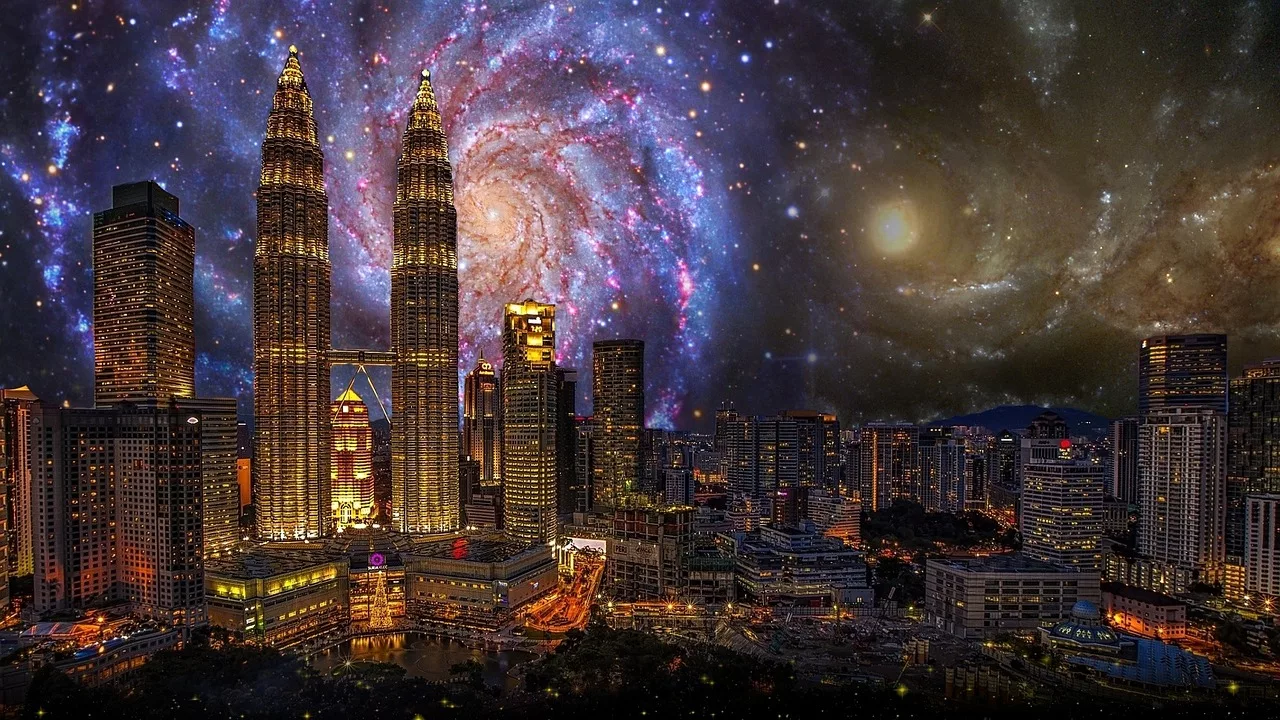
6. Constellations
6.1 Orion
Orion, the mighty hunter, is a well-known constellation that can be observed from urban areas with relative ease. Look toward the southeastern sky during the winter months to catch sight of this celestial masterpiece. Orion’s prominent belt of three bright stars, accompanied by his distinctive shoulders and legs, make this constellation a recognizable and enchanting sight. Take a moment to connect the dots and let your imagination roam through the stories and myths associated with Orion.
6.2 Ursa Major
The constellation Ursa Major, also known as the Great Bear, is another prominent feature in the night sky visible from urban areas. This constellation is particularly famous for its asterism, the Big Dipper. With its distinctive shape comprising seven bright stars, the Big Dipper is a celestial guidepost that can help you navigate the night sky. Look toward the northern sky to find this magnificent constellation, and let its steady presence inspire you.
6.3 Scorpius
Scorpius, the scorpion, is a celestial treat that emerges during the summer months. Look toward the southern sky, and you’ll spot this fascinating constellation. Outlined by its distinctive curving tail and bright red star, Antares, Scorpius tells a story of ancient mythology. Take a moment to observe this captivating constellation and let your imagination run wild, as you trace the shape of the cosmic scorpion.
7. Meteor Showers
7.1 Perseids
Witnessing a meteor shower is a magical experience, and the Perseids meteor shower is one of the most prominent and easily visible from urban areas. Occurring every year from mid-July to late August, the Perseids offer a dazzling display of shooting stars that light up the night sky. Find a spot away from direct city lights, lie back, and let your eyes adjust to the darkness. If you’re lucky, you’ll witness the beauty of the Perseids as they streak across the celestial canvas.
7.2 Geminids
Another remarkable meteor shower visible from urban areas is the Geminids. Taking place each December, the Geminids provide stargazers with a captivating show. These meteors originate from the debris left behind by the asteroid 3200 Phaethon, creating a celestial spectacle that is worth braving the winter chill. Find a cozy spot, bundle up, and prepare to be amazed by the Geminids’ radiant streaks across the urban night sky.
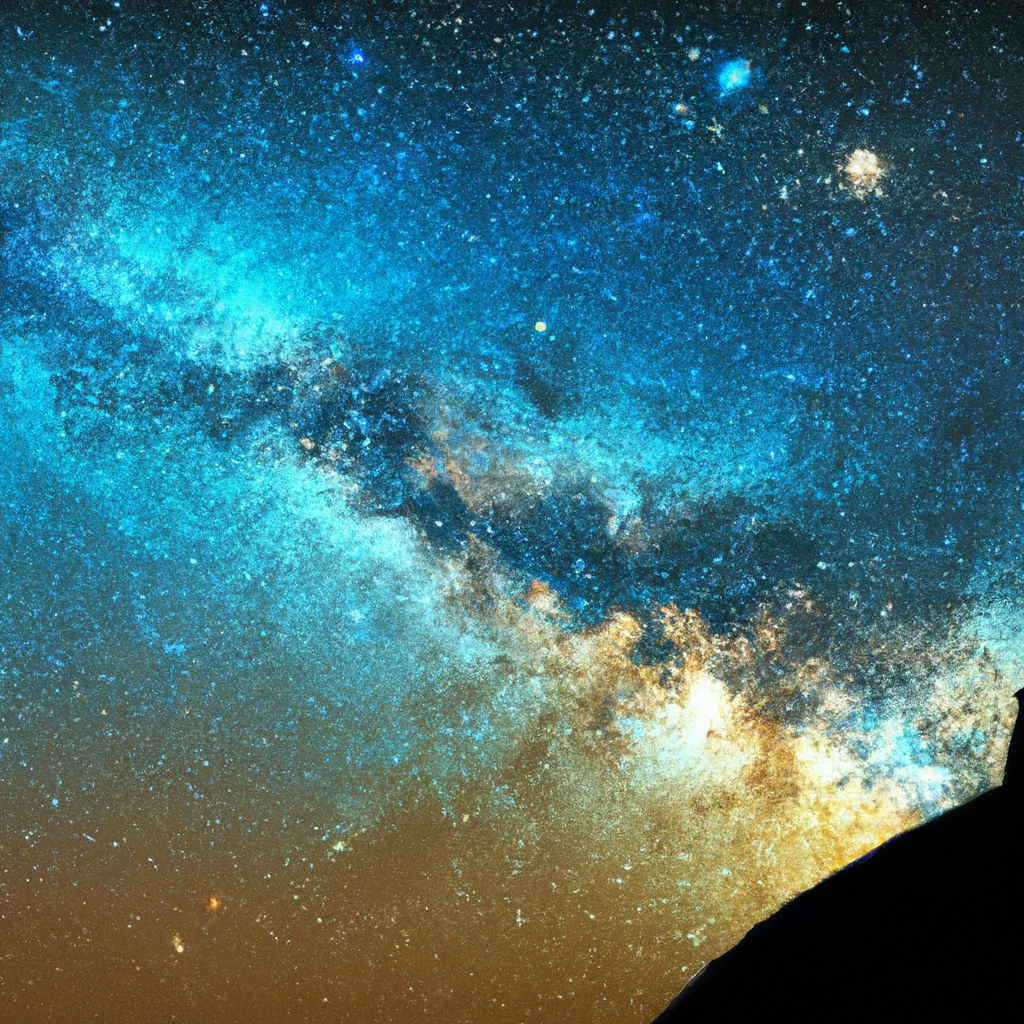
8. Aurora Borealis and Aurora Australis
While not commonly visible from most urban areas, the awe-inspiring displays of the Aurora Borealis (Northern Lights) and Aurora Australis (Southern Lights) are worth mentioning. These captivating natural phenomena occur predominantly in polar regions, but during periods of intense solar activity, they can sometimes extend further south, making them visible from certain urban areas. Keep an eye on the space weather forecasts and stay open to the possibility of witnessing these magnificent light shows if you’re fortunate enough to find yourself under the right conditions.
9. Hubble Space Telescope Sightings
Though the Hubble Space Telescope itself cannot be observed from urban areas, the images it captures are an invaluable resource for urban stargazers. The breathtaking photographs taken by the Hubble allow us to peer deep into the cosmos and witness the wonders of the universe. Whether it’s distant galaxies, colorful nebulae, or hidden planetary systems, the Hubble Space Telescope provides us with a window into the vastness of space. Take some time to explore these awe-inspiring images, and let them expand your horizons beyond the confines of the urban environment.
In conclusion, living in an urban area doesn’t mean you have to miss out on the celestial wonders of the night sky. From the ever-changing phases of the Moon to the bright stars, planets, and constellations that grace the urban heavens, there is a wealth of celestial objects waiting to be discovered. Add to that the spectacular sights of meteor showers, the occasional fascination of the International Space Station, and the possibility of catching a glimpse of the Aurora Borealis or Aurora Australis, and you’ll find that there is no shortage of celestial beauty to behold from urban areas. So, take a moment, step outside, and let the magic of the night sky enchant you.
